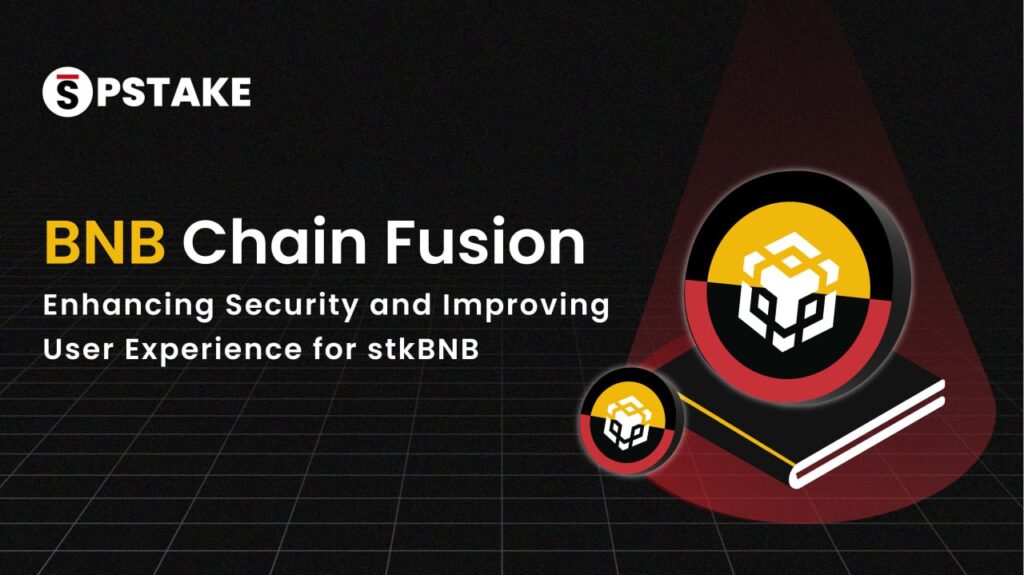Author: Fahad Sheikh
Note: This is a community-written piece. The views expressed within are those of the author and not necessarily those of the pSTAKE team.
Staking in crypto is becoming an increasingly popular way to generate reliable passive income, and there are now many PoS networks and staking platforms offering various staking opportunities, but there isn’t much information explaining how does crypto staking work on a granular level.
In simple terms, crypto staking works when an individual decides to delegate their PoS network tokens to a validator (or deposit in a staking pool) in exchange for staking rewards. These rewards are provided by the network itself to encourage people to stake, since the amount of tokens staked corresponds to the security of the underlying network.
The concept is fairly straightforward, but there are many factors to bear in mind when it comes to staking. Let’s explore a few below.
Crypto Staking & Rewards
There are many wallets and staking applications which support PoS token staking (varying depending on the coin/network). Staking crypto is actually fairly easy to do, and can be done with just a few transactions, but knowing the inner workings of how crypto staking works is still a good idea to better understand risks and rewards.
People who stake their tokens are called delegators. Aside from being able to contribute to network security, the main incentive for becoming a delegator is staking rewards. Though the rate varies across networks, the rewards for becoming a delegator can be very attractive – for example you can get 24.6% APY just for staking your Persistence XPRT tokens via pSTAKE. Rewarding delegators is an incentive to get people to start staking their tokens (thus bolstering network security), and play a major role in how crypto staking works.
Whenever a delegator unstakes their tokens and withdraws them, they will no longer be staking and will no longer receive staking rewards.
Crypto Staking Lock Periods
Once you stake your tokens you will be issued staking rewards via your staking platform or validator, but since they are locked in staking you will not be able to utilize them anymore until you unstake your tokens (unless you’re using a liquid staking platform – more details below).
Stakers are free to withdraw or unstake their tokens using their staking platform or wallet whenever they please, but in some cases there are token lock periods. Token locks are another important factor when considering how crypto staking works. Most networks will require delegators to lock their staked tokens for a certain amount of time. Token lock periods vary based on the validator but they are always usually around 20 days to a month.
Crypto Staking on Platforms
Staking platforms add extra value on top of the existing staking process, and now play a vital part in how crypto staking works. There are different types of stalking platforms – ranging from wallets to pools to liquid staking platforms – all ways to stake tokens. Staking platforms make it really easy and convenient to stake one’s tokens, and they often enable people to seamlessly stake tokens from numerous different blockchains just by using one application.
pSTAKE offers a staking platform that can do everything a regular staking platform can do, and it even offers liquid staking crypto on top of that. Liquid staking crypto allows you to essentially stake your tokens and keep liquidity, by letting the staker tokenize their staking position via synthetic tokens. The synthetic tokens can then be utilized in a similar manner to your regular tokens, which allows you to utilize your staked assets (for DeFi yield, trading etc.) and get staking rewards at the same time. This article provides more information on liquid staking crypto below, and how it can benefit you as a delegator.
Note: Whenever you stake or deposit your tokens to any application make sure the staking platforms or application you use have been audited by a reliable auditor.
Liquid Staking Crypto
Staking has undoubtedly become a popular means for crypto holders to generate passive income – with the global staked PoS asset value sitting at over $115B at the time of writing. However, the lock periods that stakers have to subject their tokens to have become an obstacle to staking. Not wanting to lock up assets is a major factor preventing more people from staking. This is where liquid staking crypto comes in – a form of staking that allows you to use your tokens even after you stake them.
Liquid staking crypto, known as liquid staked assets, are issued to stakers at the time of staking. Liquid staked assets are pegged to the underlying staked tokens and essentially function as an “I owe you” (IOU) token, or of ownership of locked-up staked tokens. These tokens vary in name depending on the liquid staking platform used to mint them – an example is stkATOM, which is the ATOM liquid staked token issued by pSTAKE.
Liquid staking crypto basically provides liquidity to staked tokens, thereby offering an additional exceptional way to use PoS tokens. People can use these synthetic tokens for DeFi activities such as: trade, lend, yield farming, and others.
Since liquid stakers can also just hold their liquid staked assets to retain liquidity or trade them as and when they please, liquid staking crypto also gives users extra control over their assets to use as they wish.










